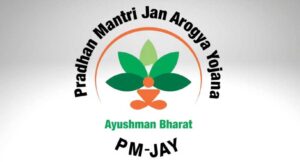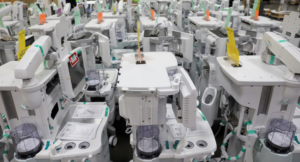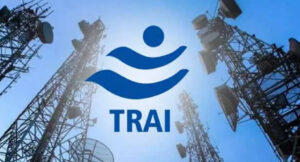Private hospitals across Jammu and Kashmir have suspended free medical services and initiated mass layoffs after the government removed four key surgical procedures from the Ayushman Bharat health insurance scheme. The decision, which reserves surgeries like cholecystectomy, appendectomy, and haemorrhoidectomy for government hospitals, has triggered a crisis, with private healthcare providers warning of unsustainable operations and financial distress.
The government has removed four surgeries from the list for private hospitals and restricted them to government-run healthcare facilities.
The procedures as per Kashmir News Observer include cholecystectomy (removal of the gallbladder), haemorrhoidectomy (haemorrhoid), sphincterotomy (fissure), and appendectomy (appendix). “In pursuance of the decisions taken in the 8th & 9th Governing Council meeting of the State Health Agency, it has been decided to implement significant changes in the Health Benefits Packages (HBP) 2.2 across all empanelled public and private hospitals in the UT of J&K,” reads the official order.
“The 10% additional package price that was previously applied to private hospitals under HBP 2.2 shall no longer be applicable. All packages for private hospitals will be standardized as per the base rates under HBP 2.2.” It reads.
“Sub-District Hospitals (SDH) / Community Health Centres (CHCs): Package rates shall be set at 65% of HBP 2.2 rates. District Hospitals, Government Medical Colleges (GMCs), and Private Hospitals: Package rates shall remain at 100% of HBP 2.2 rates.” It reads further.
“Sub-District Hospitals (SDH) / Community Health Centres (CHCs): Package rates shall be set at 65% of HBP 2.2 rates. District Hospitals, Government Medical Colleges (GMCs), and Private Hospitals: Package rates shall remain at 100% of HBP 2.2 rates.” It reads further.
Pvt hospitals suspend all free services
Meanwhile, reacting to the order a Private Hospitals Association spokesperson said that the decision of the Jammu and Kashmir State Health Agency to reduce package rates for procedures by 10% has put private hospitals in a quandary. “This move not only makes it challenging for us to continue providing services but also goes against the vision of universal health insurance, which aims to provide comprehensive healthcare coverage to all residents of Jammu and Kashmir,” he added.
“To make matters worse, four surgical procedures have now been reserved exclusively for public hospitals, further restricting the services private hospitals can offer,” he added.
“This decision, coupled with the reservation of four surgical procedures exclusively for public hospitals, undermines our ability to provide quality care to our patients. Despite our commitment to serving the community, the reduced rates make it unsustainable for us to continue operations,” the spokesman said.
“Moreover, our Rs 350 crore are pending with the government though the Chief Secretary had stated that all the previous payments will be cleared by the end of Dec 2024,” he added.
“Private hospitals provide employment to about 10000 youth and by this decision these institutions will be forced to relieve the employees thus creating more unemployed youth,” spokesperson added.
“As a result, private hospitals are being forced to stop providing services under Ayushman Bharat/SEHAT Scheme from March 15, 2025 to the public, which will undoubtedly affect the community till the government doesn’t reconsider its decision,” he added.
Meanwhile private hospitals suspended all services provided under Ayushman scheme and decided to terminate 50 percent of the staff hired. Employees have started receiving messages from owners of private hospitals and Dialysis Centres for mass exit. “It is with a heavy heart that we must inform you the message traversed by your employers who comprise the association of an extremely difficult decision that affects all 11,230 employees working across various private hospitals and dialysis centers in Jammu and Kashmir,” reads one such message.
“As you may be aware, the government has decided to remove four critical procedures from the approved list effective March 15, 2025. These procedures account for 70% of indoor patient flow, making it impossible for hospitals to sustain operations. Additionally, payments have not been released, and without financial support, we regret to inform you that we will not be able to pay salaries going forward,” the message reads.
“Due to these unforeseen circumstances, we are left with no choice but to initiate a mass exit to 50% of the employees working across different departments of the hospitals and dialysis centres across J&K. We kindly request all employees to serve a one-month notice period from today,” it reads.
“This is not a decision we take lightly, and we deeply appreciate your dedication and hard work in serving countless patients over the years especially the Ayushman Bharat era. We understand the impact this will have on you and your families, and we stand with you in this difficult time. We will do our best to provide any necessary documentation or references to assist you in transitioning to new opportunities,” it reads further.
“As they claim they have made necessary arrangements in public hospitals for the patients they surely have you all in consideration and will adjust you in their public hospitals as well. We will be happy to serve you the work experiences as required. Thank you for your unwavering commitment and service. We hope that the authorities reconsider their decision in the interest of patient care and healthcare workers across the region,” it reads. Kashmir Observer









